According to David Gordon Green’s new horror movie, “Evil never dies,” and seemingly neither do horror movie franchises. Killer Michael Myers is back in theaters in the continuation of the “Halloween” slasher series, but this new film is somewhat different from the past ten films in that it ignores all of them. Instead, this film carries itself like a direct sequel to John Carpenter’s original “Halloween” from forty years ago, complete with iconic scream queen Jamie Lee Curtis returning as Laurie Strode to battle Michael once again. This new “Halloween” capably delivers its story and for the most part succeeds as a movie in general, but might have fallen just short of being called a scary horror movie.
Curtis is a sight for sore eyes. Horror movies are infamous for trying to cut costs, most noticeably in their selections of low-cost and low-quality actors that have trouble demonstrating even the simplest of emotions. Revisit the original “A Nightmare on Elm Street” and you’ll see a perfect example with Heather Langenkamp as protagonist Nancy Thompson. Curtis, however, owns the screen throughout this film and knows exactly how to play every moment as the now-mature, driven mother and grandmother bent on protecting her family at all costs.
The other characters and performances are a mixed bag. Judy Greer as Strode’s daughter Karen does a great job showing the emotional damage of her upbringing full of forced training for the worst. Will Patton as Officer Hawkins displays the sheer fear of another disaster on a gruesome scale like the 1978 “Babysitter Murders” striking the small Illinois town yet again. It’s hard to comment on the performance of a man in a mask who never speaks, but Myers’s physicality and screen presence is as powerful as ever. Disappointingly, the film also includes an over-the-top neurotic doctor, two generic reporters and a group of unsympathetic obnoxious teenagers that easily could have been omitted.
While officially a sequel, the film also functions somewhat as a remake. This film shares a lot of similar characteristics to the original. Myers is a practically invincible being of pure evil that escapes from a mental facility to Haddonfield, Illinois and goes on a killing spree, while Strode tries to survive being hunted by him. Same premise.
That being said, this installment places a much larger emphasis on the actual story and fills in the gaps of that bare-bones narrative quite well. There is a lot of insight into the family issues of the Strode family as well as the psychological effects that surviving a mass killing can have on a person and on a community. The movie also tries (but mostly fails) to provide more background for why Myers does what he does. This film also tries to essentially have three protagonists (grandma Laurie, daughter Karen, granddaughter Allyson) which often is a disaster but somewhat works for this film because it shows the effects that Myers has had across three generations.
These side plots are intriguing and worth exploring, but they also unintentionally spawn negative consequences, such as too much exposition and a loss of real horror. Too often in the first half of the film does all story progression stop to re-explain exactly what happened in the events of the first film, which can be quite tedious. Writers probably inserted that for people unfamiliar with the series to understand past events in the canon, but they added far too much of it. The other side effect was that at times the film feels like it has more in common with a drama than a horror movie in tone. If there were more scenes in the dark or more scenes of prolonged fearful imagery, that would’ve added more to the movie’s atmosphere. Showing the audience once why they should be afraid of this murderer is more effective than telling it to them ten times. The director should’ve utilized the purpose of film as a visual medium. Additionally, there are attempts at humor that take away from the tone, though it doesn’t stray too far off base in that way.
On the idea of it being a remake, this new film also borrows some visual cues (and sometimes whole scenes) from the original, such as shooting from directly behind Myers or placing him obscured in the middle ground of shots by things like bushes, cars, and sheets on a clothesline. The opening and closing credits are also essentially identical to the first film. While these specific nods to fans are largely harmless and endearing, it takes away from the novelty of the film. On the other hand, the 70’s style of letting an ominous shot linger for a number of seconds instead of quick cutting around does come into play in this film a few times. Those images were very successful at being memorable and deserve major acknowledgement. One scene with a motion-activated backyard light was drenched in tension and the climax of the film takes its time, having a nice payoff as well.
Overall, the final product is essentially what was to be expected from a 40 years later sequel/remake of “Halloween.” It sticks to the source material perhaps a bit too much, but also differs in ways that keep it feeling relevant and enjoyable. This nostalgia-filled film seems to have struck a perfect chord with most critics and audiences too, as the film is “Certified Fresh” on Rotten Tomatoes and has accomplished a massive financial achievement in theaters nationwide. While there are many ways this movie could have been improved, I walked out of the theater generally happy to see Michael and Laurie in a decent movie again and would give this movie a soft recommendation to any fan of the franchise or someone looking for some scares on-screen this time of year. 7/10


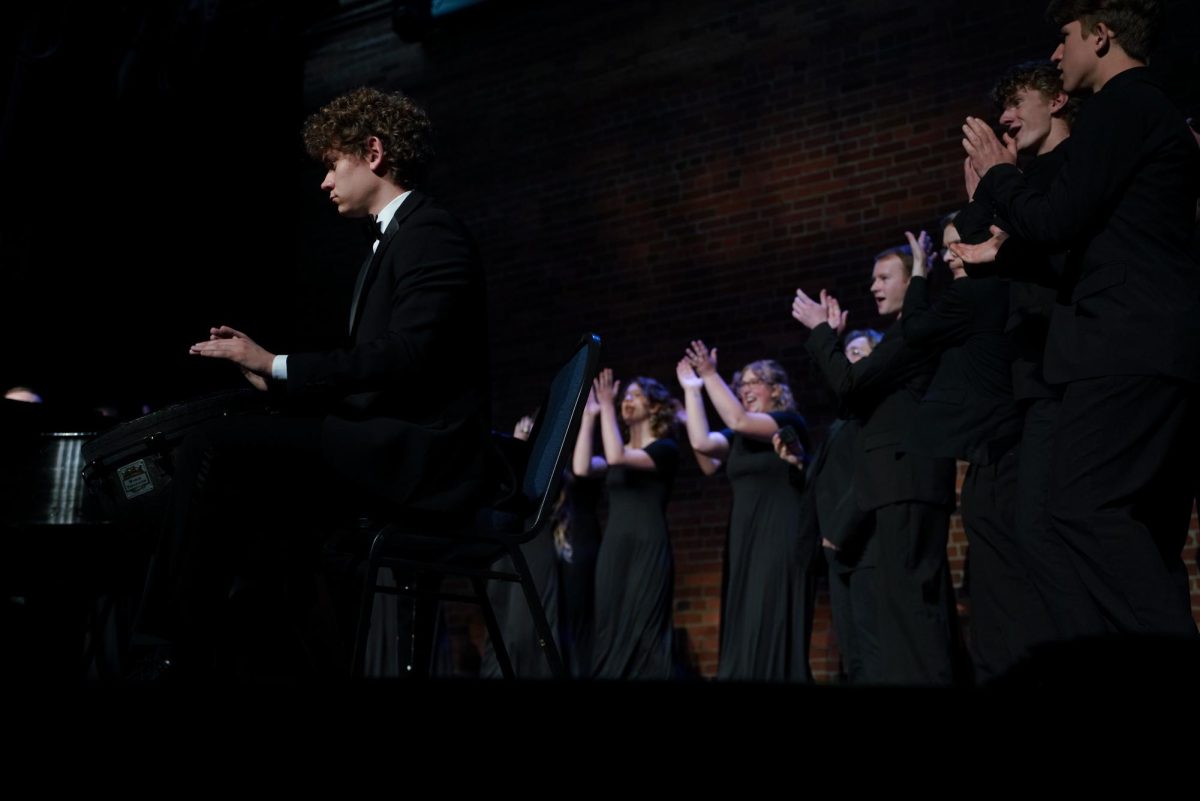


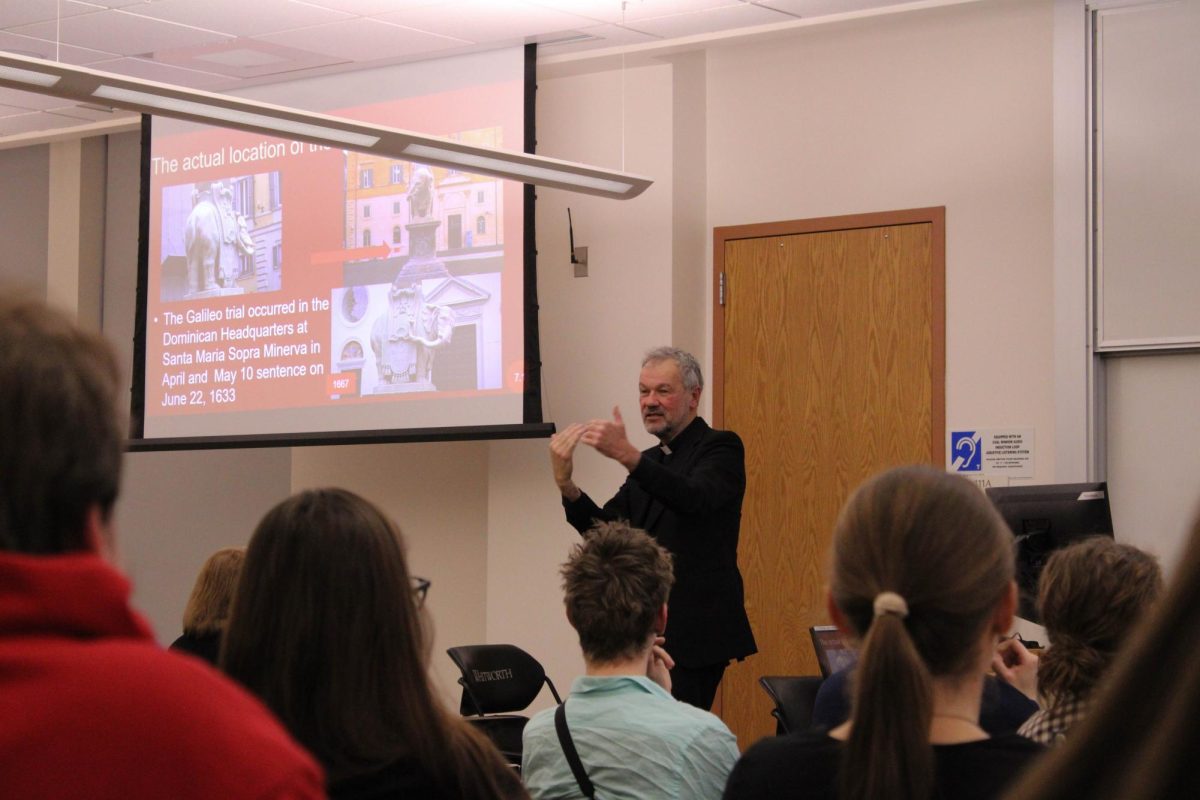
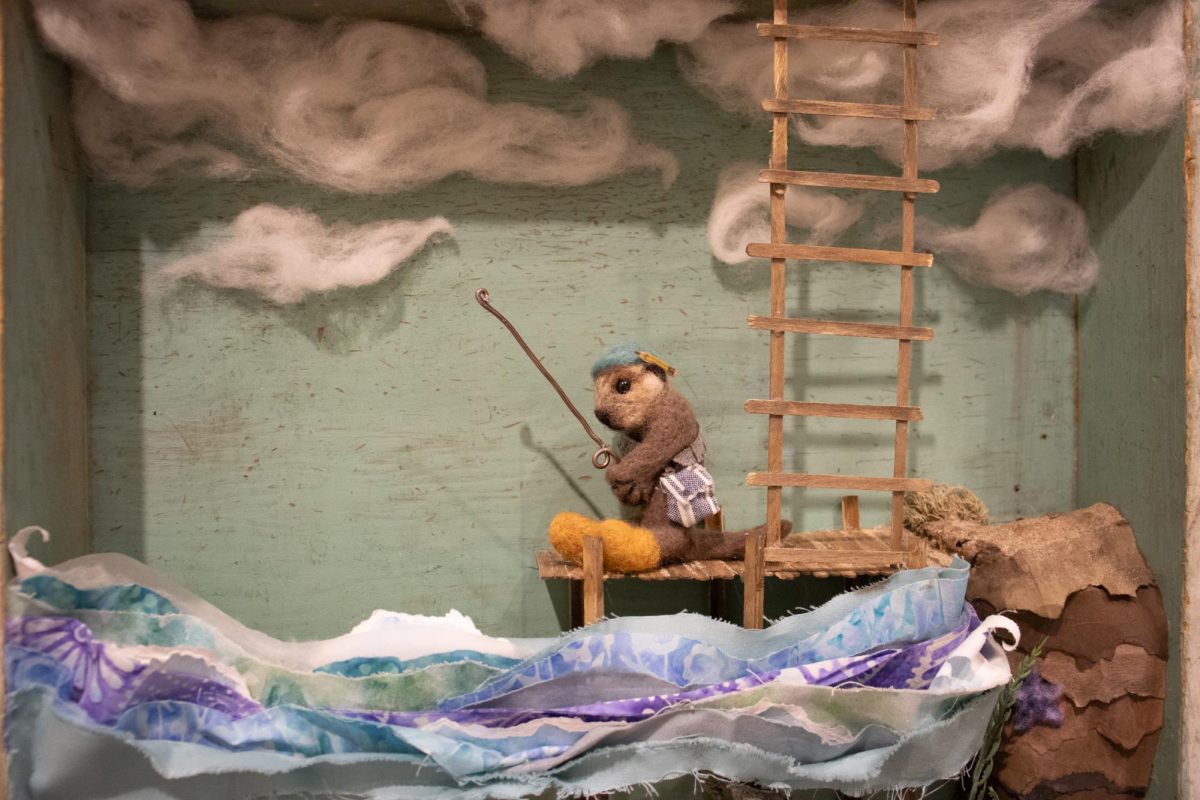

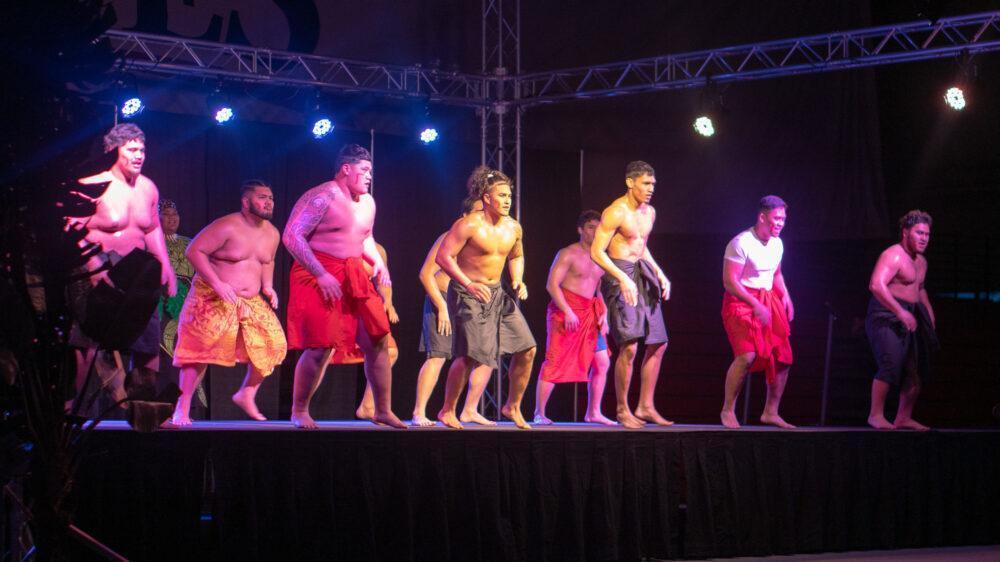
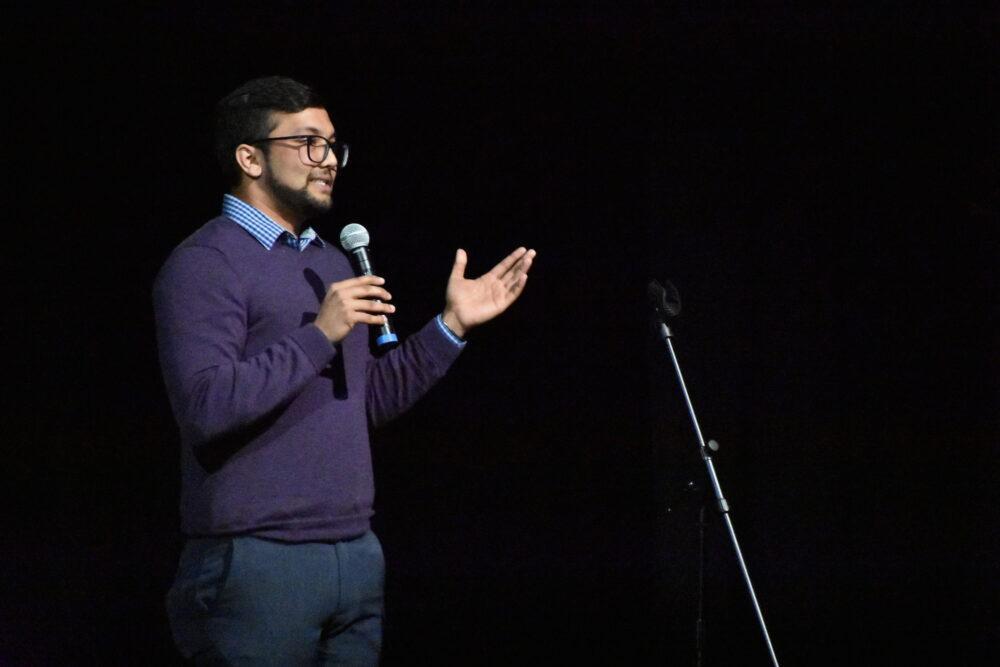
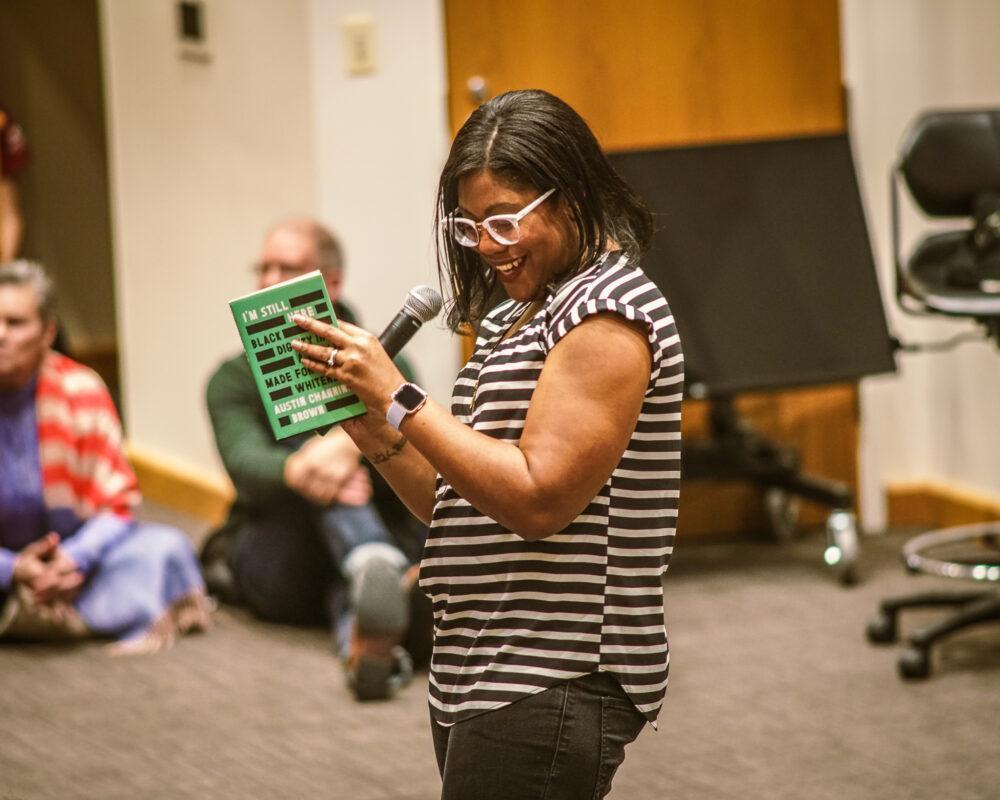
 Spokane?
Spokane?